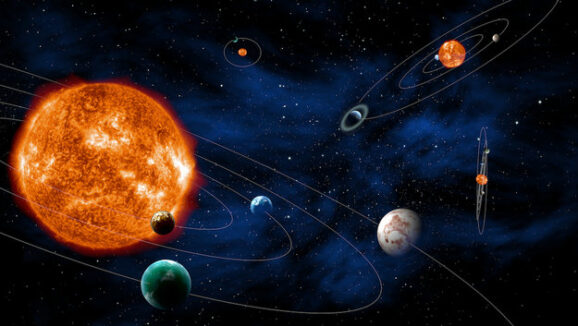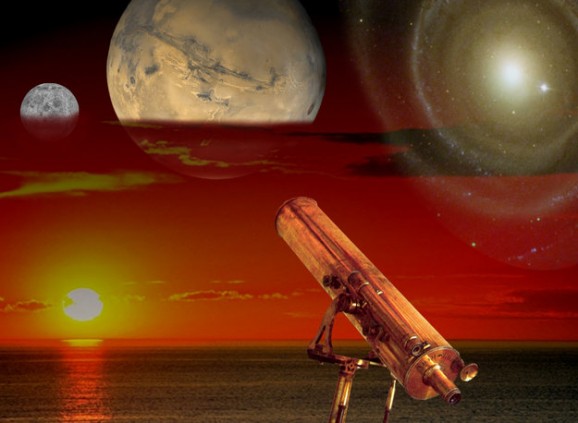ESA’s Cosmic Vision Includes New Planet-Hunting Mission
This article is more than 2 years old

NASA likes to boast about its planet-hunting capabilities thanks to both the Kepler and the Hubble telescopes. But NASA’s not the only organization looking to identify new planets in the cosmos. The European Space Agency (ESA) conducts its own searches from across the pond, and they recently selected the PLATO (Planetary Transits and Oscillations of stars) mission to join its 10-year Cosmic Vision programme.
In broad terms, the Cosmic Vision programme strives to push the foundation it has built in space science into a more contemporary, forward-thinking realm by foreseeing and addressing the challenges of the future. The overarching goals of the programme include identifying scientific challenges, prioritizing space research, figuring how how to marshal resources to achieve the maximum return on investment, maintaining Europe’s competitive technological status, and reinforcing ESA’s ability to advance space science.
PLATO, a space-based observatory, addresses these goals by focusing on the conditions necessary for planetary formation (link?) as well as how the Solar System formed, functions, and compares to other systems. Its particular specialty is identify Sun-Earth analogue systems using 34 distinct telescopes and cameras, PLATO will search for planets the same way Kepler does–by monitoring roughly a million stars and looking for the small but consistent reductions in brightness that signify a planet passing in front of them.

PLATO will also monitor stars’ seismic activity in order to gain information such as mass, size, and age about planets’ host suns. The mission will also be able to gather similar information about each planet, from which it will be able to draw some conclusions about the planets’ composition. While the mission strives to identify planets of all types, it will particularly seek out exoplanets that resemble Earth in size, composition, and distance from their host stars, which will undoubtedly increase the number of potentially habitable planets.
PLATO will launch from the Kourou Spaceport on a Soyuz rocket in 2024 on a six-year mission (with the possibility of extension). It will set up shop at the L2 Lagrangian Point (explain) and will do its sightseeing from there. Even though we’ve got 10 years to wait before PLATO’s launch, the intervening decade will undoubtedly provide all kinds of new discoveries and advances that PLATO and ESA will be able to use to their advantage.












